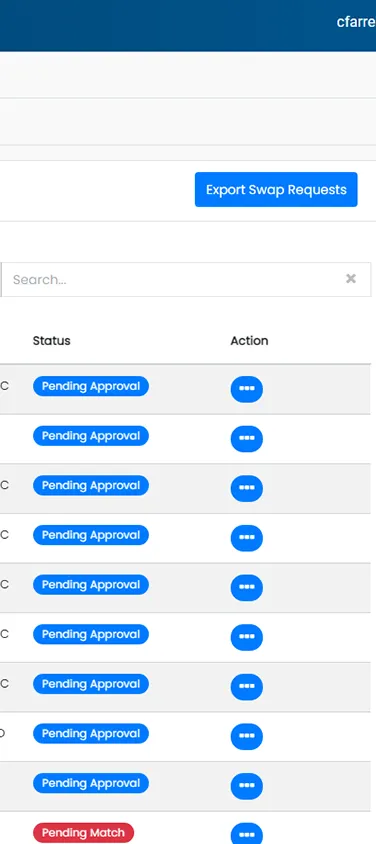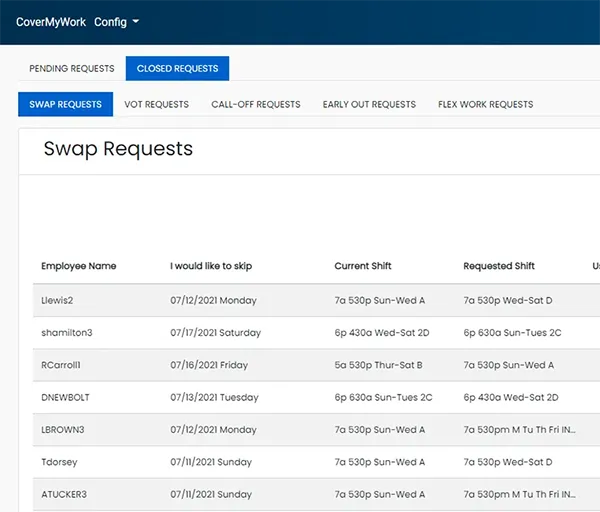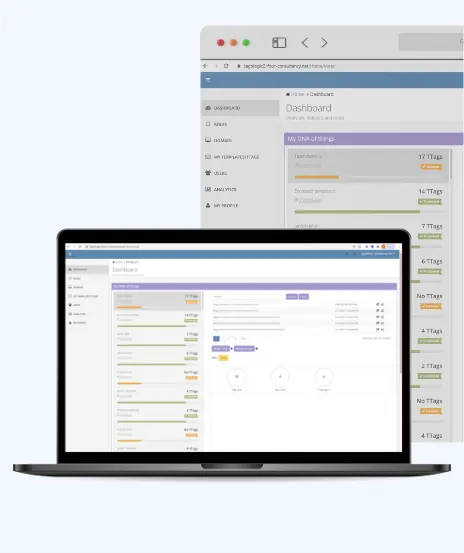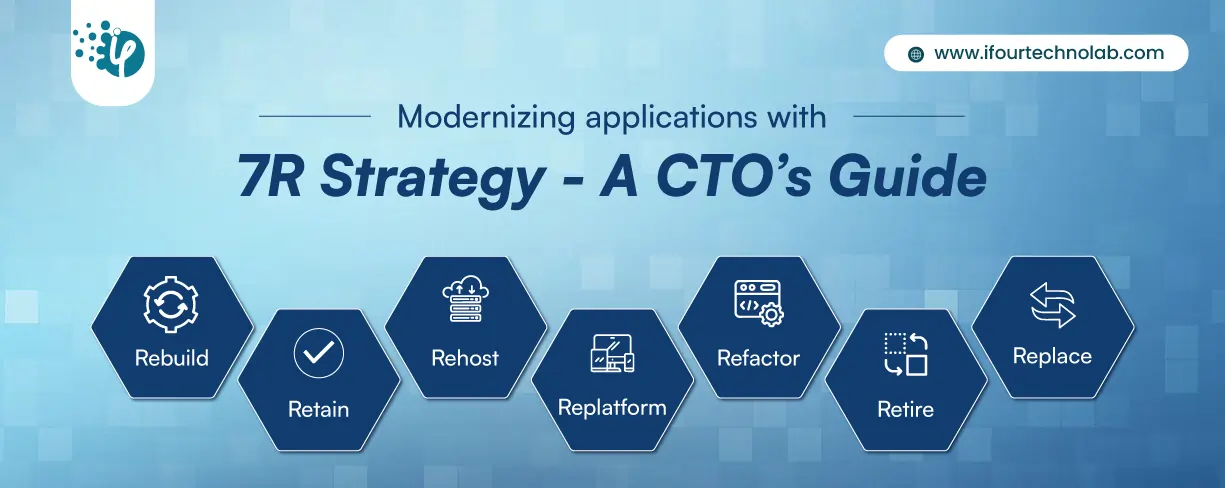How to Do Forecasting in Power BI (Steps & Accuracy Metrics)
Remember our last guide - Power BI forecasting? It revealed things that truly blocks accuracy, both structural and situational. Now it's time to take the next step. Knowing Power...
Our customer is a reliable software development company in USA with branches in Greater Detroit and in Indianapolis area. It offers full spectrum of IT consulting services to its clients and help them achieve their business goals.
In any organization, it is difficult for managers to create and manage schedules, given people’s preferences and availability, especially while working in shifts. This problem gets exacerbated when faced with shift swap requests, sick calls, no-shows, etc. This creates a need for permitting swap shifts among the staff.



We encourage you to contact us with any questions or comments you may have.

iFour Technolab Pvt. Ltd., a leading sustainable IT services and solution provider in the USA, has come up with a robust application to cope with the above concerns. The system has the following features:
Role-based access control – Role-based access control – Quick, secure and easy access control. When logged in with the appropriate credentials, the user gets authenticated and redirected to the page.
Users’ role
Manager’s role
HR team
Purchaser
Administrator – During the initial implementation, the organization needs to set up its new information into the system and conduct the initial configuration level set up.
Learning admin
Scheduling – This system has many cron jobs running to improve the performance of end users. So, whenever any action is initiated, it creates an enqueuer job that executes in queue to increase performance. For instance, sharing SMS, email for each request, monthly auto-invoicing, big data import, etc.
In some organizations, it is difficult to maintain employee data in a non-digital form. In such cases, this system would be very helpful for faster workflow execution. This solution helps managers to dynamically address demand fluctuations by matching workforce scheduling. Moreover, the customer does not have to provide any new hardware.

About Customer The client is a US-based firm that provides exceptional software to aid industries in monitoring competitors, their services, and products. It helped various clients build concrete business strategies by understanding competitors'...

About Customer The customer is a leading business consulting firm in business process analysis, project management and software outsourcing. It needs a good project management software and wants to build an earned value management (EVM) software application...

Sometimes contractors face difficulty in finding workers in their area to complete jobs on time. The client was seeking to build a solution where contractors can post their job requirements easily and find workers effortlessly. iFour Technolab has helped...

Running a freelance business is more than just being a contractor with an LLC. To build a sustainable business, you need to recruit talent, establish marketing channels, build a sales pipeline, manage accounts, dispatch work orders, send proposals, manage...

In any organization, it is difficult for managers to create and manage schedules, given people’s preferences and availability, especially while working in shifts. This problem gets exacerbated when faced with shift swap requests, sick calls, no-shows,...

About Customer Customer is an innovator of model that uniquely identifies every physical and logical objects in the world. Customer is based in the Netherlands and has patented this model of uniquely identifying objects. Unique identifier specifies...

Remember our last guide - Power BI forecasting? It revealed things that truly blocks accuracy, both structural and situational. Now it's time to take the next step. Knowing Power...

It's amazing to see how Data teams today are racing ahead - moving from traditional warehouses to cloud-native platforms, lakehouses, and real-time architectures. But in this rush,...

Think about the last time CTOs spent most of their time fixing old systems. Updates were slow, servers were expensive, and adding new features took time. Now, things have changed....